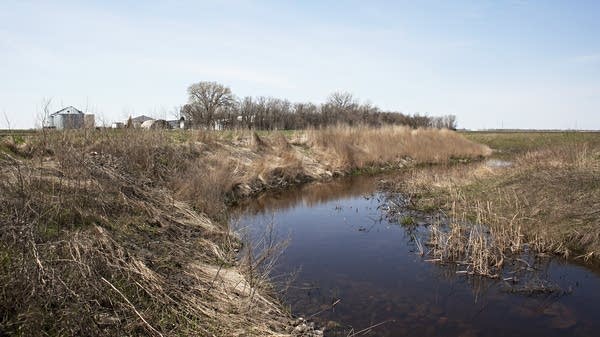Most Minn. farms will meet buffer deadline for protecting water

Go Deeper.
Create an account or log in to save stories.
Like this?
Thanks for liking this story! We have added it to a list of your favorite stories.
Most Minnesota farmers are complying with the first phase of a law designed to protect water from pollution.
Passed two years ago, the law requires a vegetative buffer, usually grass, between farmland and public waters such as streams, lakes and wetlands.
The deadline to have the buffers installed is Nov. 1.
State agriculture officials say with just a few weeks left buffers are in place on 94 percent of the land requiring the protective strips.
Turn Up Your Support
MPR News helps you turn down the noise and build shared understanding. Turn up your support for this public resource and keep trusted journalism accessible to all.
"Sure, they grumble a little bit, there's no question about that," said state Agriculture Commissioner Dave Frederickson. "But at the end of the day I think the 94 percent is indicative of how farmers and ranchers have stepped up to do the right thing."
Farmers who don't comply could face financial penalties. The buffers are designed to filter out the soil and pollutants contained in farm field runoff before it enters public waters.
Those who can't meet the November deadline can get an eight-month waiver by filing a buffer plan with their local soil and water conservation district office.
The second phase of the buffer law requires protective vegetative strips along public drainage ditches in the state by November 2018.
Dear reader,
Political debates with family or friends can get heated. But what if there was a way to handle them better?
You can learn how to have civil political conversations with our new e-book!
Download our free e-book, Talking Sense: Have Hard Political Conversations, Better, and learn how to talk without the tension.



